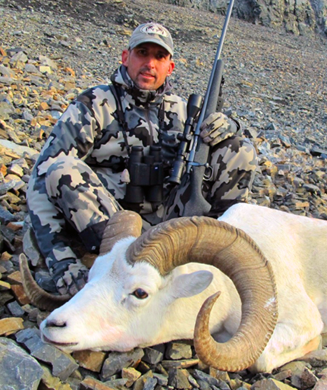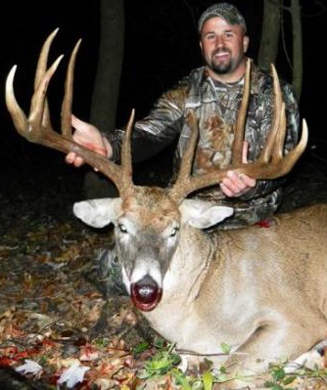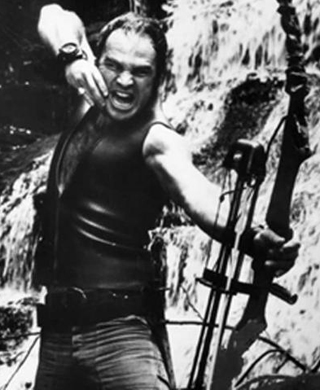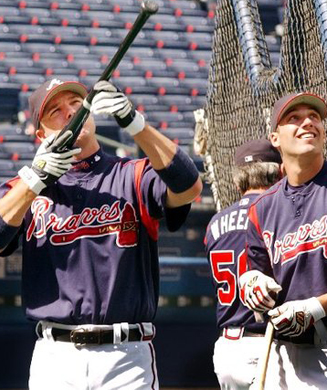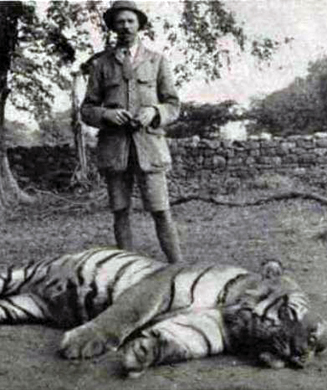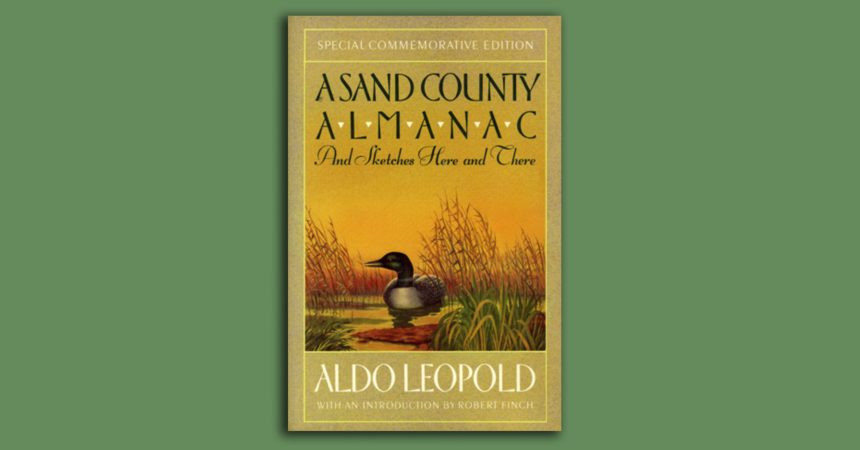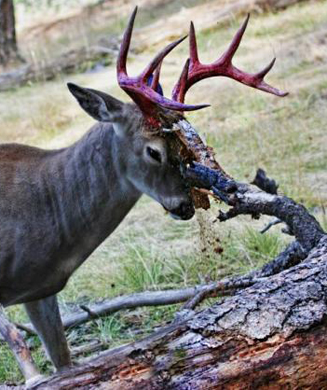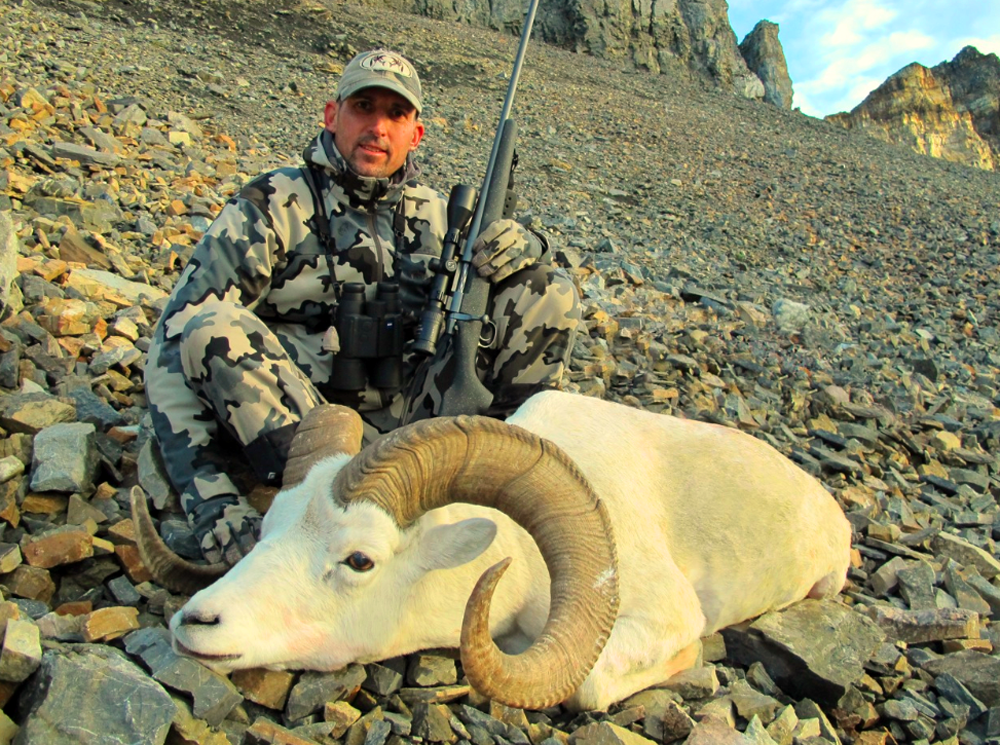
Innovator While acting as CEO of his former company, Sitka, Jason Hairston aimed to create clothing that withstood the extreme elements. He was so successful that Sitka caught the eye of Gore-TEX, which purchased the company. So, sticking to what he knew best, Hairston again turned to outerwear. He founded Kuiu a year ago, for which he continues to design high-performance hunting clothing. But Hairston's transparency is what's really struck a chord with consumers. He blogs about Kuiu and manages all states of gear development–from design to delivery–on his own. He is, in essence, a brand executive for the social media era, but sticking to principles that both traditional and more modern sportsmen appreciate. "My biggest goal with Kuiu is to reduce weight without giving up performance," he says.
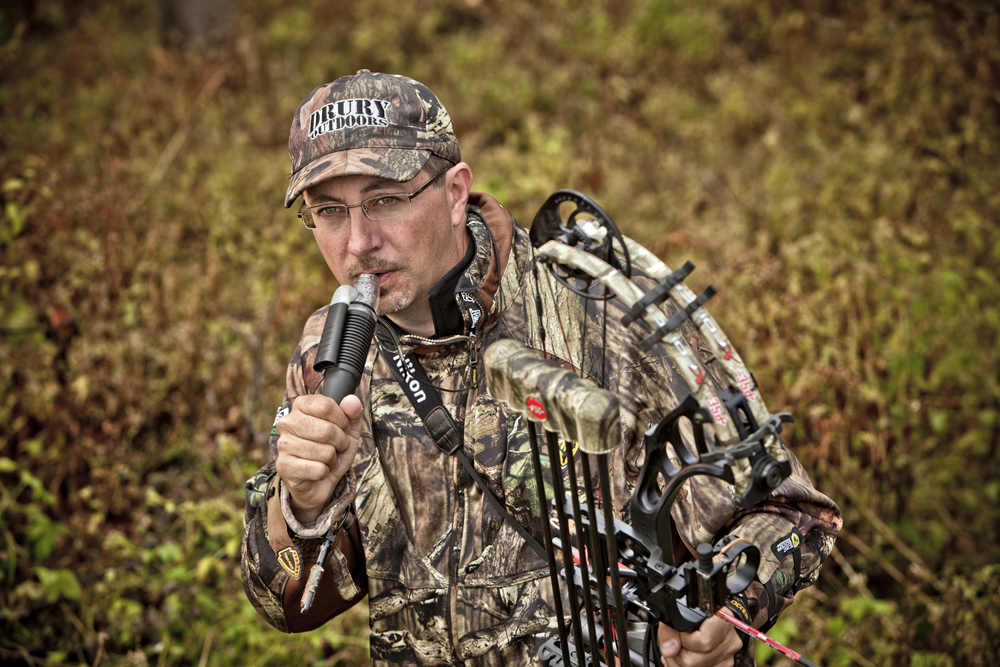
Innovator Mark Drury is a modern-day outdoors renaissance man. In addition to owning Drury Marketing, he manages more than 1,400 acres of deer-rich land in Missouri and 1,600 acres in Iowa, hunts year-round, and has parlayed his passion and expertise into his own video production company, Drury Outdoors. But if there's one area where he has carved a niche and left the competition in the dust, it's in the innovation of game calls. Drury has been working closely with M.A.D. Game calls for nearly 20 years and has had a hand in the creation or improvement of multiple deer calls, including the Grunt/Snort/Wheeze and the Buck Growl. Drury's pieces have managed to take the art of calling to the next step–beyond passable mimicry to the exact sonic replication of animal vocalizations. His new Hyper Growl deer call, for example, grunts and growls from an integrated system designed to be anatomically like an actual deer larynx–complete with a main vocal chamber and a hyperventilator chamber. It's been popular on the consumer market precisely because of its realism, but in the process, has also heralded the future of game call manufacturing.
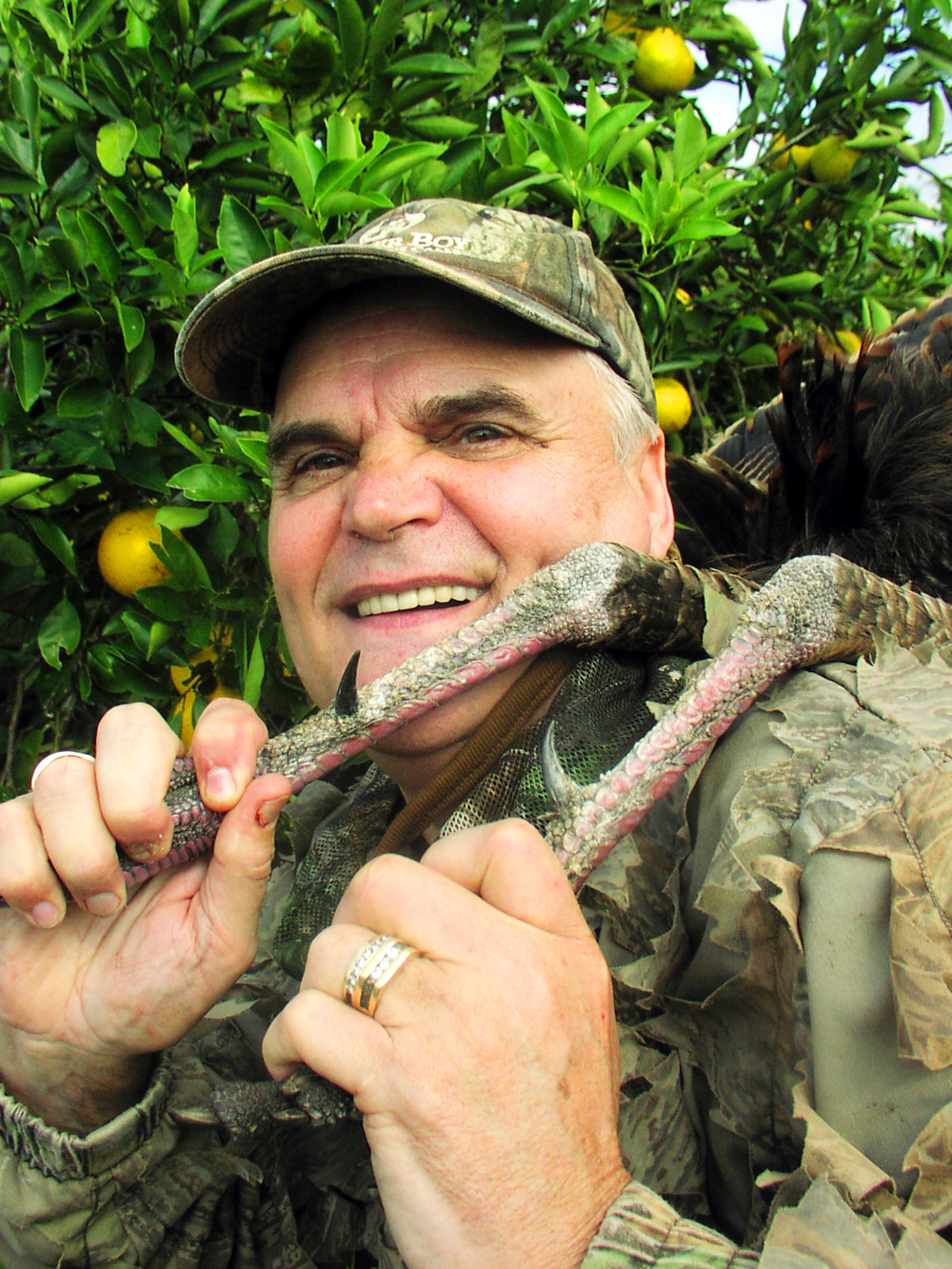
Leader The game call industry was in its infancy when a New York barber by the name of Dick Kirby decided to parlay his love of the outdoors into a new career. In 1981, the Quaker Boy Barber Shop became Quaker Boy Game Calls, and Dick, along with his wife Bev, began working hand-in-hand toward one goal: to provide sportsmen with the highest-quality, user-friendly, inventive equipment ever. But there was much to do besides creating game calls. Dick won hundreds of national, state and world game calling championships. He was a two-time NWTF Grand National Champion, two-time NWTF Champion of Champions, NRA World Game Calling Champion and more. Along the way, he registered 67 turkey Grand Slams, including a 27-year consecutive run. Kirby will forever be remembered as an industry pioneer, hunting advocate and mentor. Often referred to as the "Grandfather of Modern Day Turkey Hunting," he passed away on September 30, 2010 at the age of 69, and certainly deserves inclusion here for his countless contributions.
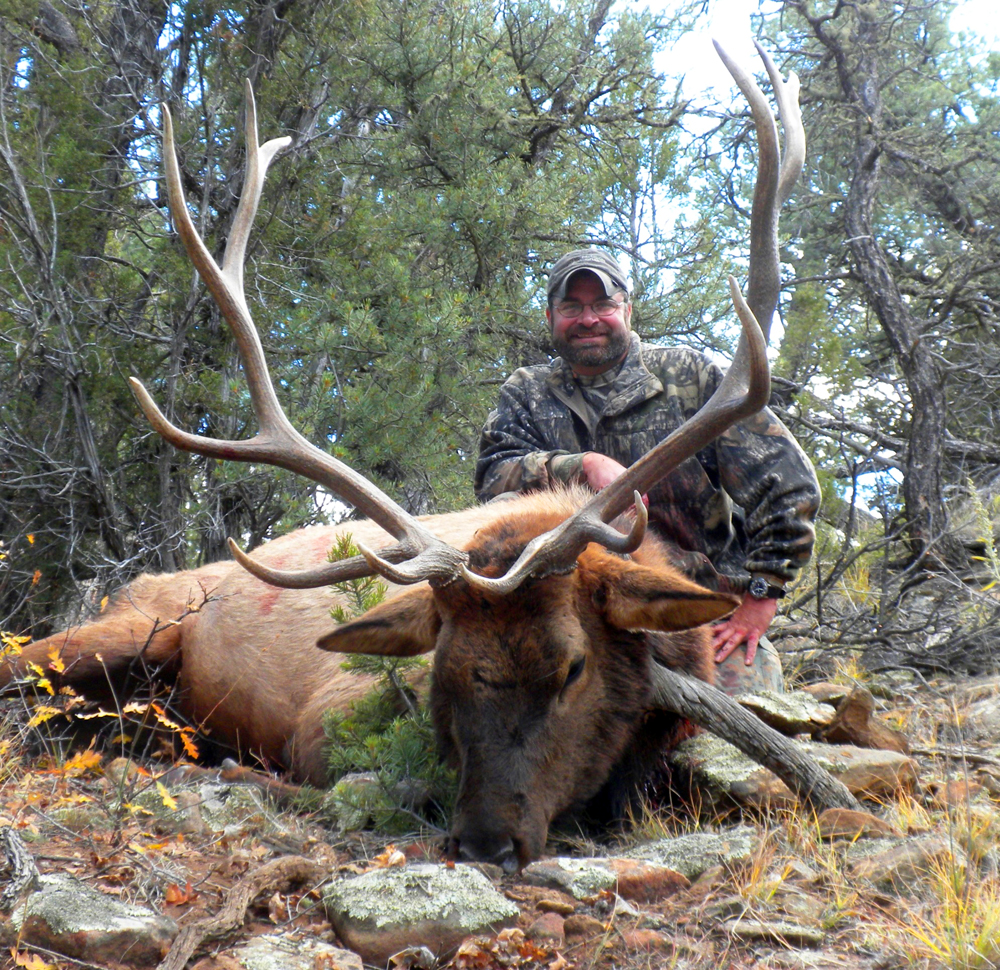
Innovator How did GA Precision's George Gardner get into gun smithing and custom rifle building? Simple: "I knew exactly what I wanted, and there wasn't anyone building it the way I wanted it." A competitive shooter since his teens, with a background in the military and law enforcement, Gardner has come to know what makes a quality firearm–and how that definition depends on the user. "Our guns are all built uniquely for each individual we sell them to," he says. "Whether military, law enforcement, or just a hunter, it's almost like they're building it–except we do it for them." Gardner's customizations include the length of the barrel, the twist of the rifling, and pretty much any other measurement one could make.
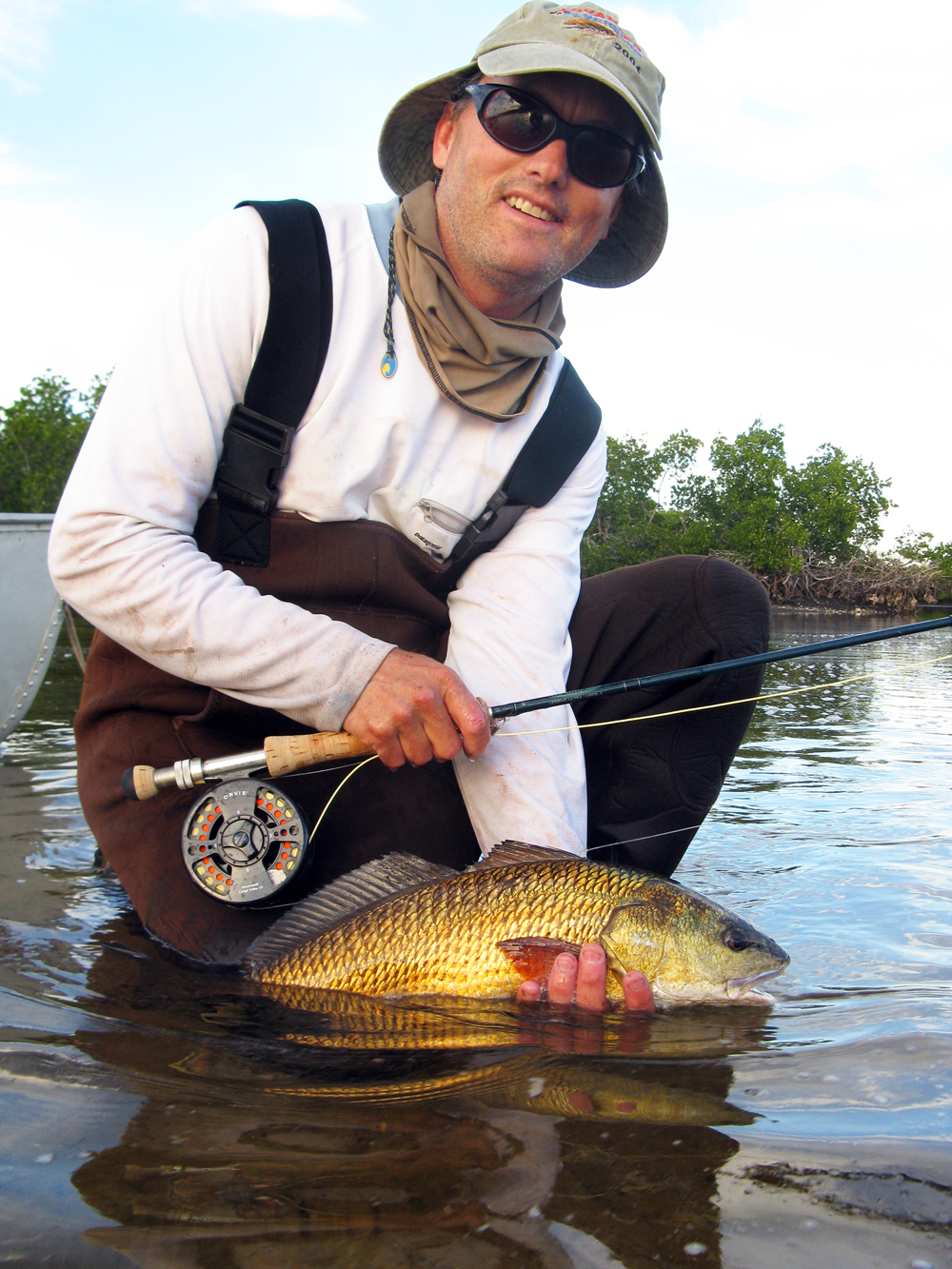
Conservationist Anglers catch fish; marine biologists study them. But Dr. Aaron Adams, a member of both camps, has been able to unite the two groups with Project Permit. The initiative enlists the help of anglers to tag the permit population around Florida and the Caribbean, enabling scientists–and fishermen–to learn more about fish movement. "Traditionally, anglers have not been very involved in collection of data that's used in management," says Adams. "Tagging and other types of angler involvement are good ways to make them part of it." The program, which began in 2010, expanded from Key West to Mexico and Belize this year. So far, 600 permit have been tagged. One was found to have traveled 40 miles. Funding comes from a grant from Costa Sunglasses, given to Bonefish & Tarpon Trust, where Adams is director of operations. The Trust seeks to observe populations of bonefish, permit, and tarpon–Adams' favorite species to sight-fish. "I like figuring out what it is that makes the fish tick, seeing if I can fool them," says Adams. "It's also a lot about being outside."
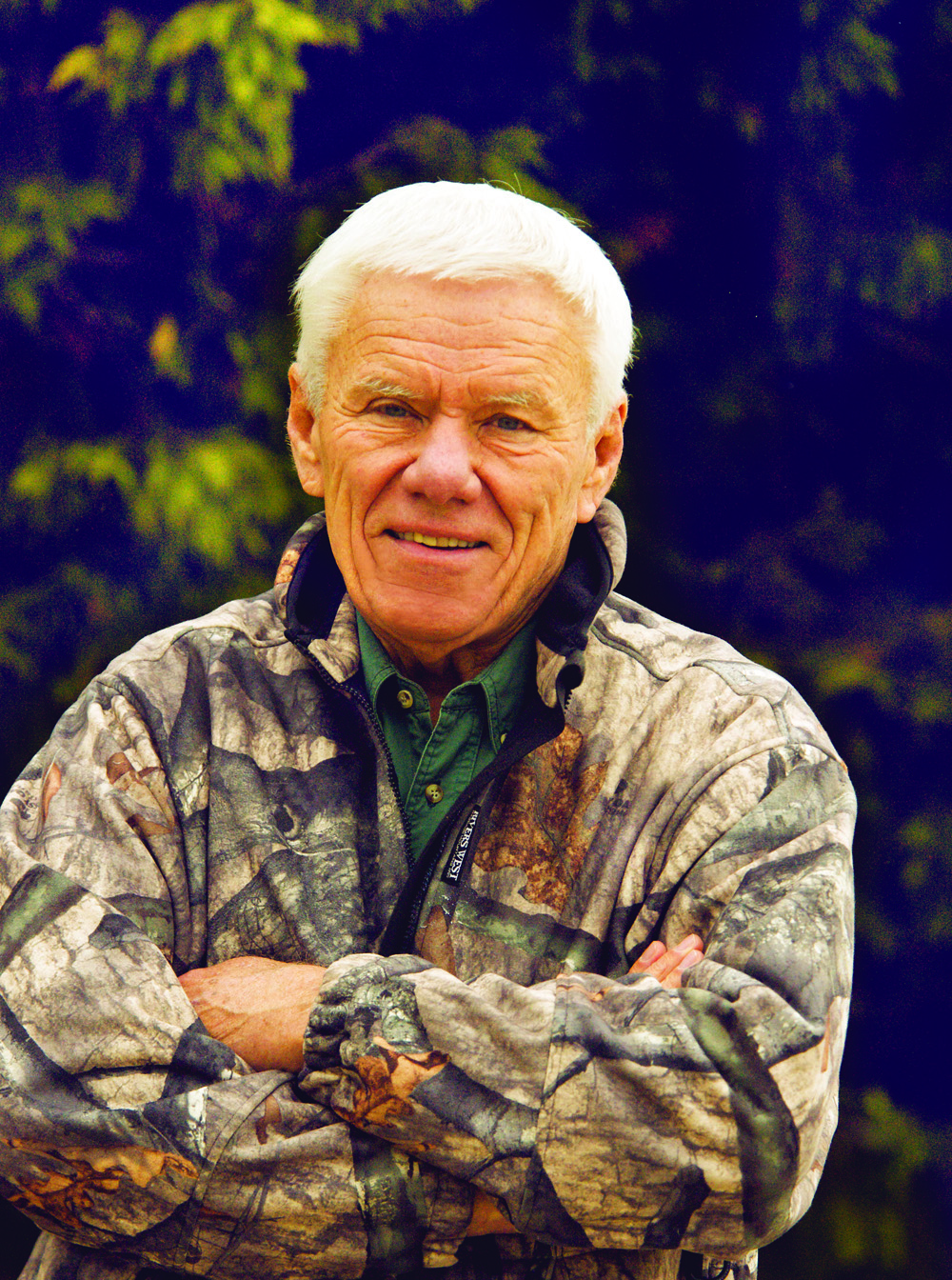
Leader Not many bowhunters can draw upon a mechanical engineering degree and time spent working as a fabrication-and-assembly scientist at NASA. But John Woller can, and the result is Summit Treestands. Back in the 60s, Woller took part in big-bore rifle and pistol competitions as a marine. Then, "I ran into a couple buddies who had the crazy idea of trying to hunt deer with a bow and arrow." He was hooked. Yet he noticed that treestands could use some improvement, especially concerning issues of comfort and silence. "If you're not comfortable, you're going to move, and movement causes noise," he says. "A treestand should be quiet–no squeaks or creaks that would spook the deer." So, he started innovating. His first stand, released in 1981, featured a padded seat, see-through design, and non-wood platform. In 2000, Summit began manufacturing aluminum stands, addressing the demand for lightweight equipment. And for safety, a full-body harness comes standard. Initially, the stands were a hard sell–better materials and design meant a slightly higher price. But Woller promised retailers that customers would keep buying Summit Treestands because the stands were quiet, secure, camouflaged, and comfortable. Thirty years later, it seems he was right, and hunters are safer and more comfortable high up in the trees because of it.
Helping Hands A wounded soldier–the sole survivor of a suicide bombing attack–returns from Afghanistan in 2006, feeling personally responsible for the deaths of his fellow brigade members, and close to suicide. "I'm a vet myself. I couldn't just stand by," recalled the soldier's friend, Danny Gabriel. Gabriel took his friend fishing, and after witnessing the sense of peace that the soldier experienced out on the water, Gabriel resolved to do the same for others. So, in 2009, he founded the Wounded Veterans Fishing Program. "I saw a big need," he says. "They were severely depressed. It took a lot of talking and persuasion to even get them out of the barracks." This year alone, 100 veterans have found solace in the sport through Gabriel's program. "Think of it, back when you were a child, going out fishing with your father or grandfather for the first time," Gabriel tells the vets. "It's an exciting experience. And there's nothing expected of you."
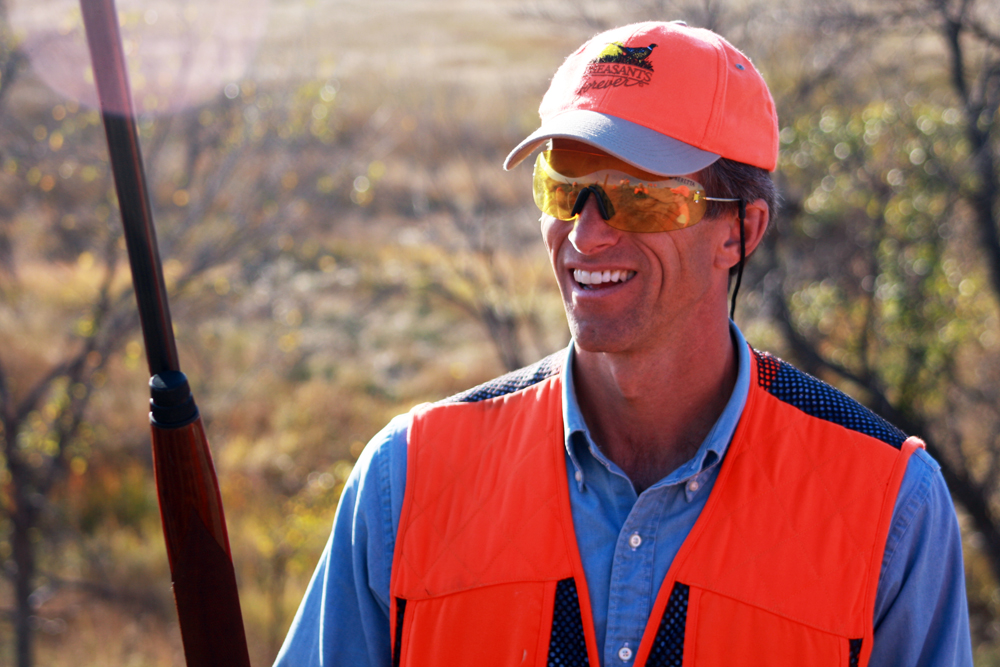
Conservationist A longtime pheasant hunter, South Dakota Senator John Thune brings an outdoorsman's appreciation of nature to the senate floor. He co-chairs the Congressional Sportsmen's Caucus–Congress's biggest and longest-standing group dedicated to interests of hunters and fishermen such as upholding second amendment rights, securing public hunting grounds, protecting fragile waters, and preserving wildlife habitats. Additionally, he has fought for the Wetlands Reserve Program, Environmental Quality Incentives Program, and Conservation Reserve Program, all of which contribute to healthier ecosystems throughout the nation. And as part of his efforts on the 2008 Farm Bill team, he ensured better public access to hunting and fishing areas. Even with his busy schedule on Capitol Hill, Thune finds time to stay in touch with his family traditions and enjoy the wild. "Getting out in the fall and hunting pheasant is probably the best part of the year for me," he says. "On the prairies of South Dakota, the color is rich and spectacular and beautiful."
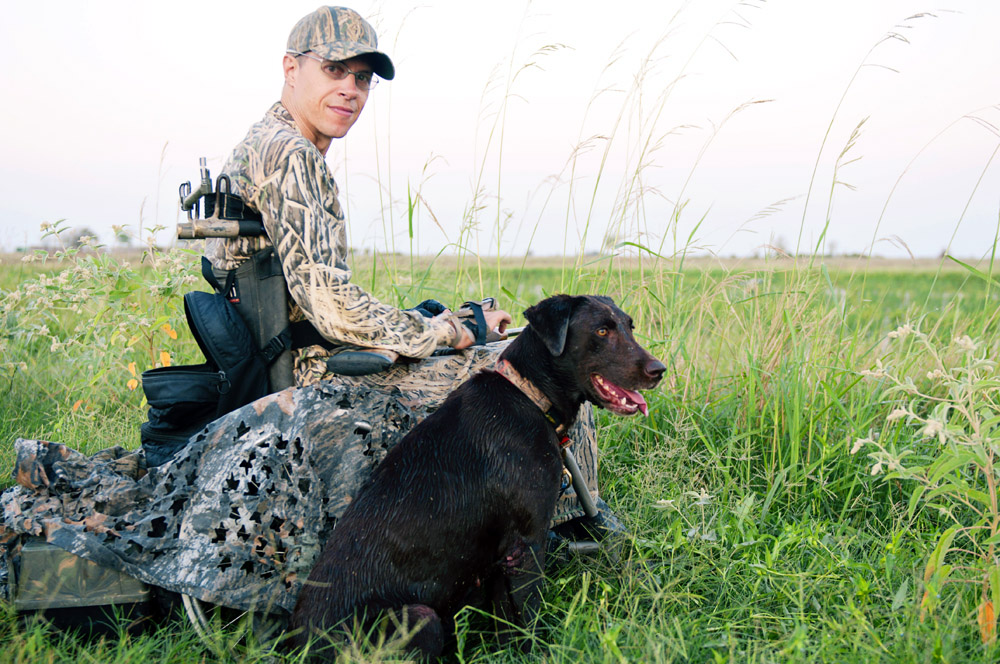
Innovator Twenty five years ago, Chad Waligura became paralyzed in a diving accident, but that couldn't keep him from hunting. Now, he edits Disabled Hunter Magazine, an online publication by and for disabled hunters, and he has developed numerous creative solutions that allow him and others to continue enjoying the outdoors. Waligura's first assistance device was a writing aid bent backwards and attached to his finger with some tape and leather. This makeshift trigger aid was later redesigned by his orthotics doctor. He also devised a security strap, which helps disabled hunters sit straight while holding a gun, and a rickshaw-like wheelchair so a buddy can pull him through the field. "After I got hurt, the outdoors to me were a place where life was still the same," he says. "I might have changed a little, but the outdoors didn't."
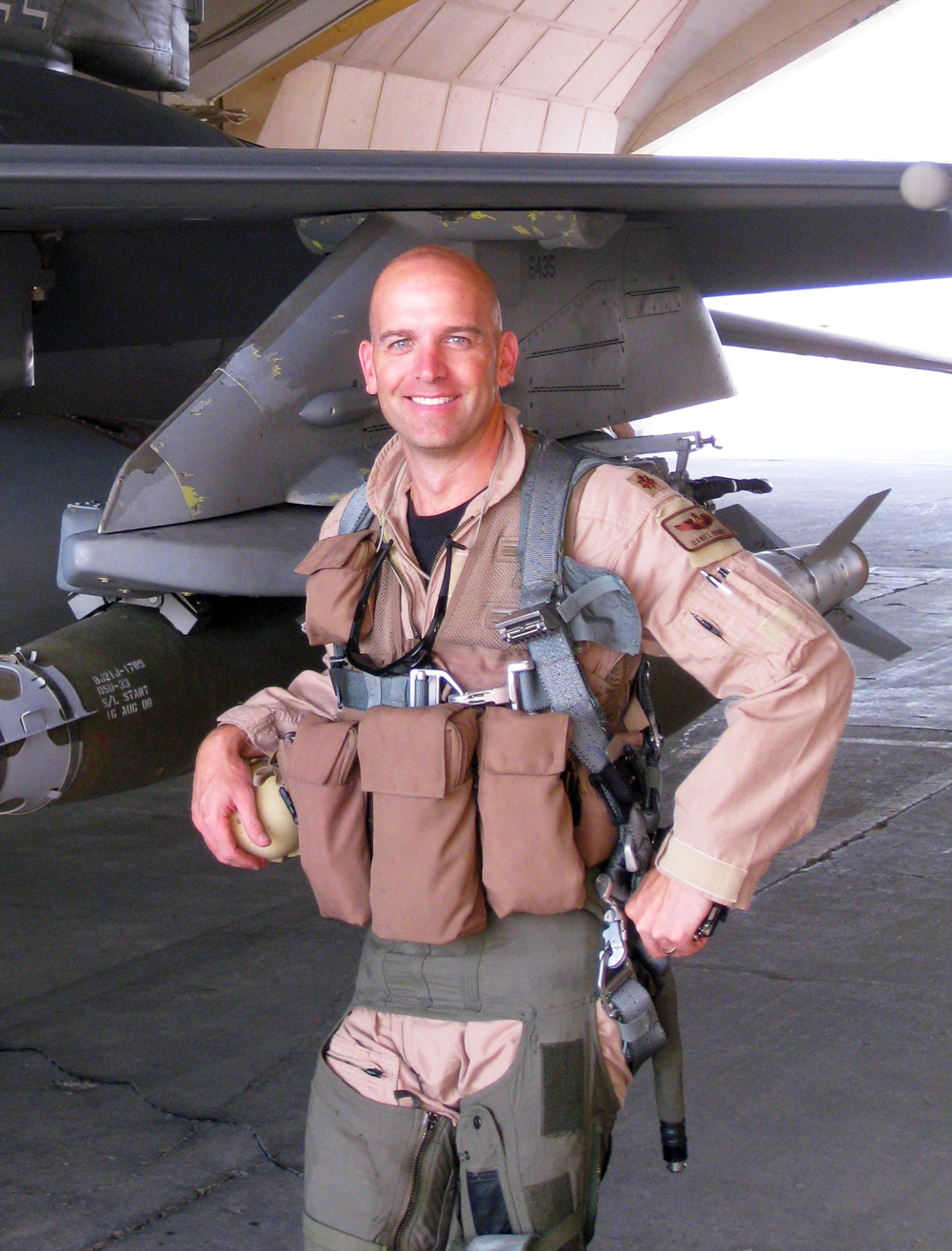
Helping Hands "Hunters are an incredibly patriotic group of people," says Major Dan Rooney, president of the Folds of Honor foundation and longtime military aviator. "A lot of military veterans participate in sporting activities." Rooney founded Folds of Honor after returning home from his second tour in Iraq. The organization provides scholarships and assistances to dependents of fallen soldiers. In the four years since it began, it has helped more than 2,000 children and spouses in all 50 states. In securing a partnership between his organization and Bushnell recently, Rooney hopes to benefit from the patriotic sentiments that are widespread among hunters and fishermen. In addition, he hopes to give back to a community–sportsmen–that has a long history of supporting the military, and a large number of members who have also served their country. "If you look at the traditions of the military, as far as hunting, and other passions that many of us have–Bushnell aligns itself with those core values," says Rooney.
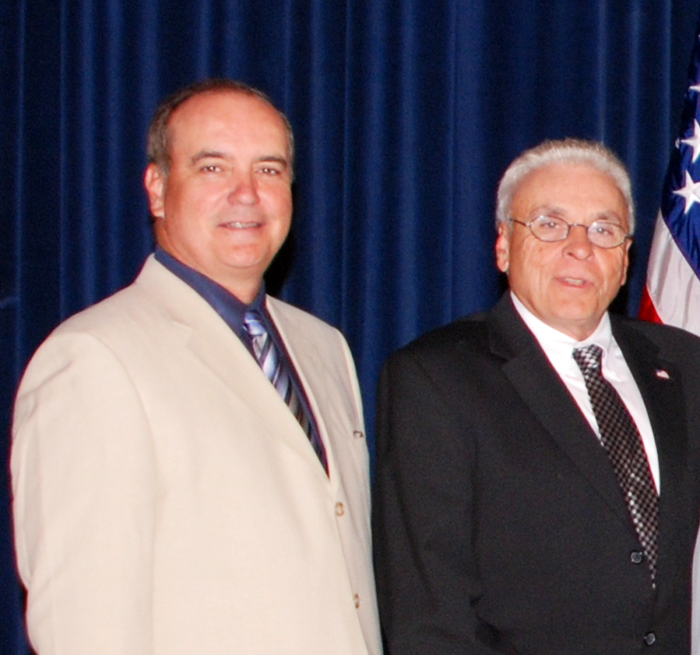
Unsung Heroes For 11 years, Terry and Mark Brockway have modestly owned and cared for their own wildlife preserve in Burlington, Iowa. The land, bought with money made from their mechanical and roofing business, totals 1,600 acres. Some of it has been set aside for hunting. The brothers have also enhanced much of the area with features such as a moist soil unit, ensuring that migrating ducks have a resting spot. The preserve is frequented by outdoorsmen, conservation groups, and others. "We hope it might inspire young people to take a closer look at nature," Mark says. The Brockways' father often took his sons fishing and quail hunting, and he had a big impact on their attitude towards the outdoors. "He taught us to respect nature," says Mark. "We've created a beautiful environment."
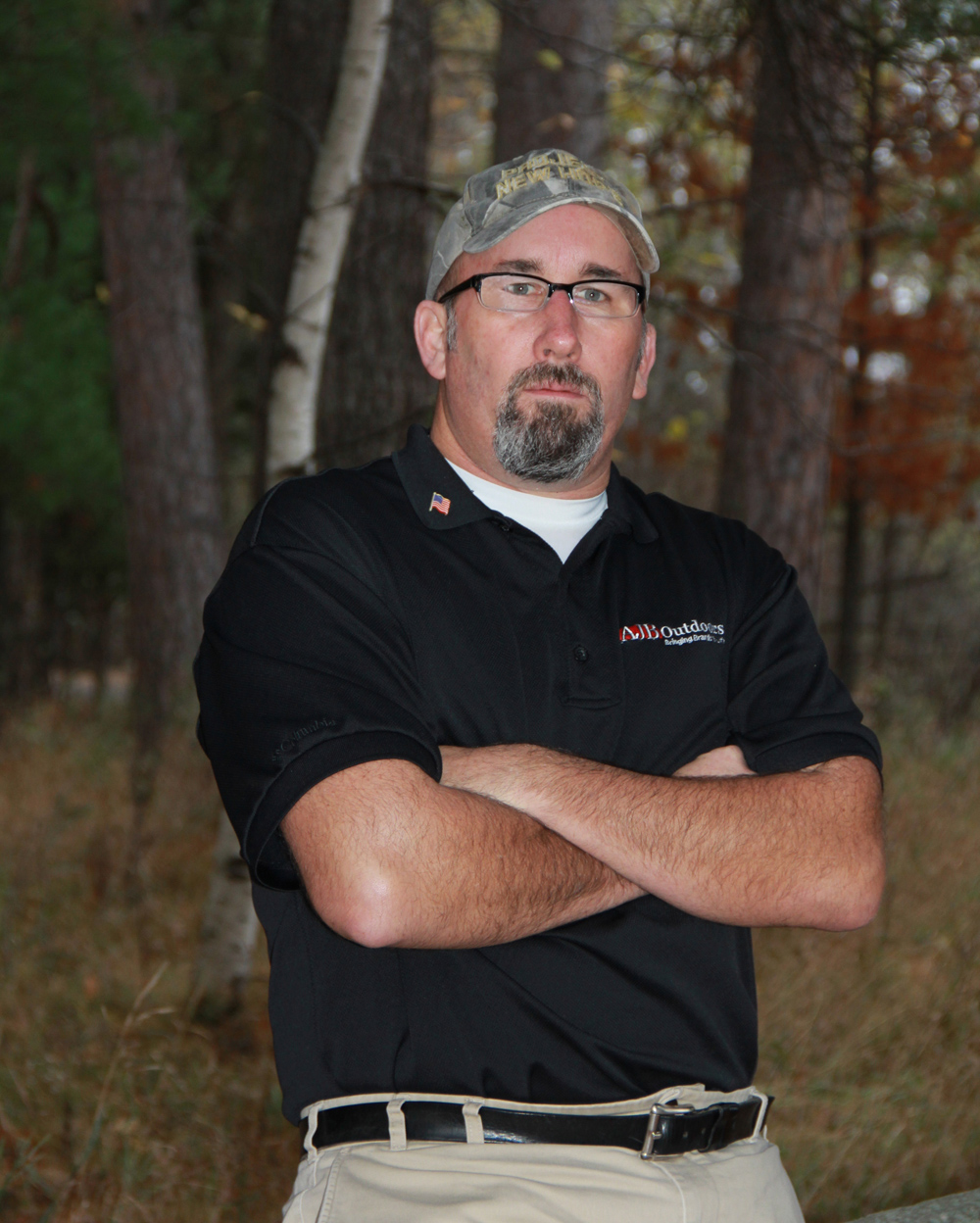
Helping Hands The word "counseling" might call to mind fluorescent lights in a disturbingly quiet room. But for veterans and their families, Project New Hope offers an alternative type of counseling–counseling that involves fishing, canoeing, archery, and other outdoors activities at an all-expenses-paid retreat, with licensed professional counselors not far. The program was founded in 2007 by Bruce Billington. "Everybody's just sitting around the campfire together," he says, describing a typical retreat experience. "The vets just open up." Project New Hope is currently active in five states (Wisconsin, Massachusetts, Washington, New York, and Minnesota, where Billington used to take deer hunting trips with his uncle), with more locations on the horizon. As a boy, Billington often went trout fishing with his father in California. It was those days in the woods that solidified his appreciation of the outdoors and the emotional value of wilderness. And for the past eight years, he has led a group of fathers and sons on annual trips to Minnesota's Boundary Waters Canoe Area. Billington has juggled management of Project New Hope with his job as director of manufacturing at a company for renewable energy solutions. Recently, he stepped down from his active New Hope position–primarily to spend more time with his own family–but hopes Project New Hope will continue to expand. "The outdoors just has a way to allow people to open up, so much more than sitting around in a counselor's office," he says.
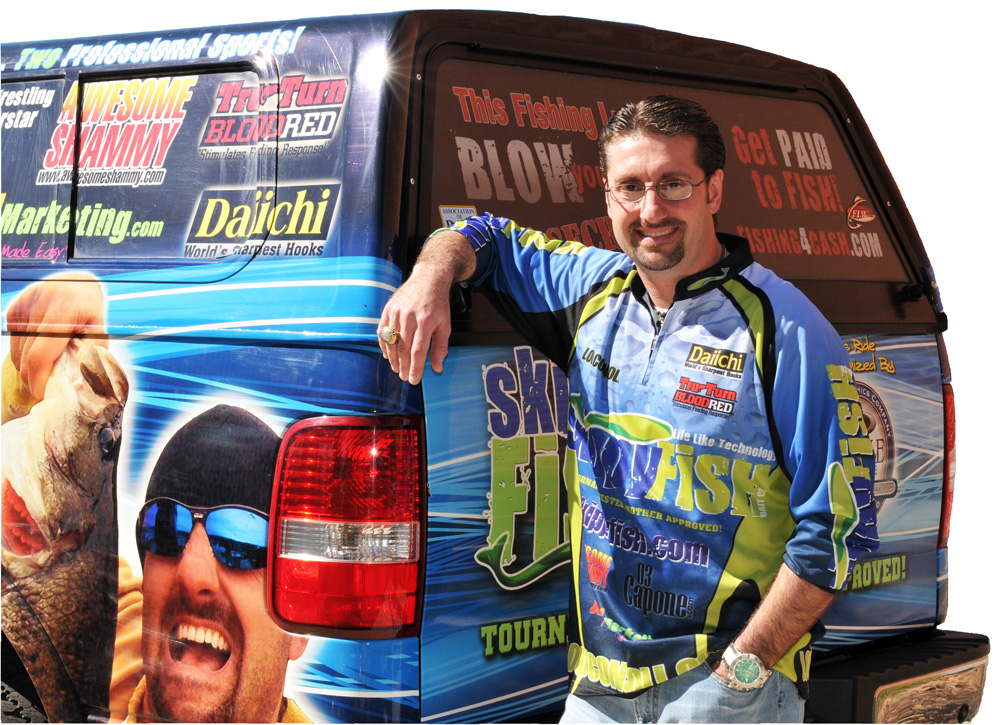
_Unsung Hero
_
Lou Consoli got hooked on fishing at an early age. At 17, he was among the youngest fishermen on the pro bass circuit, and in 2007, he launched SkippyFiSH Bait Company and his own line of lures. But it wasn't until last year that Consoli combined his love of fishing with a lifelong desire to help others. He founded Anglers Feeding America, an organization that provides food to impoverished families and individuals devastated by natural disasters. Last spring, his organization supplied food to victims of tornados in Alabama. Now, he's raising money to fill holiday gift baskets for low-income families. The source of funding for the charitable bounties is Consoli's fishing industry connections. Fellow outdoorsmen and their companies also donate to the cause. "The fishing community is giving back to the people who might not have the means to do what we do," Consoli says. "And maybe we expose them or their children to the outdoors as a byproduct."
Helping Hands Ryan Lambert owns one of America's top fishing lodges, Cajun Fishing Adventures, located in Southern Louisiana. His business suffered from the BP oil spill. But the disaster provided him with an opportunity to increase awareness of another issue: habitat restoration in the Mississippi River Delta. With so many activists coming to Louisiana in the oil spill's aftermath, he was able to draw their attention to the long-term problems of coastal loss. "I've seen 1882 square miles of land disappear from under my feet in the last 50 years or so." Lambert, born and raised in South Louisiana, worries about the region's future. "There's just a fear in me that generations to come won't see what the generations before witnessed." Lambert hopes politicians can work together to save the Delta, and he laments partisan stubbornness. "This day and age, it's liberals versus conservatives." He says he's as conservative as they come, yet he's been to Capitol Hill to work with predominantly liberal environmental groups. Coastal restoration should be "a common ground for both sides to get together on," he says.
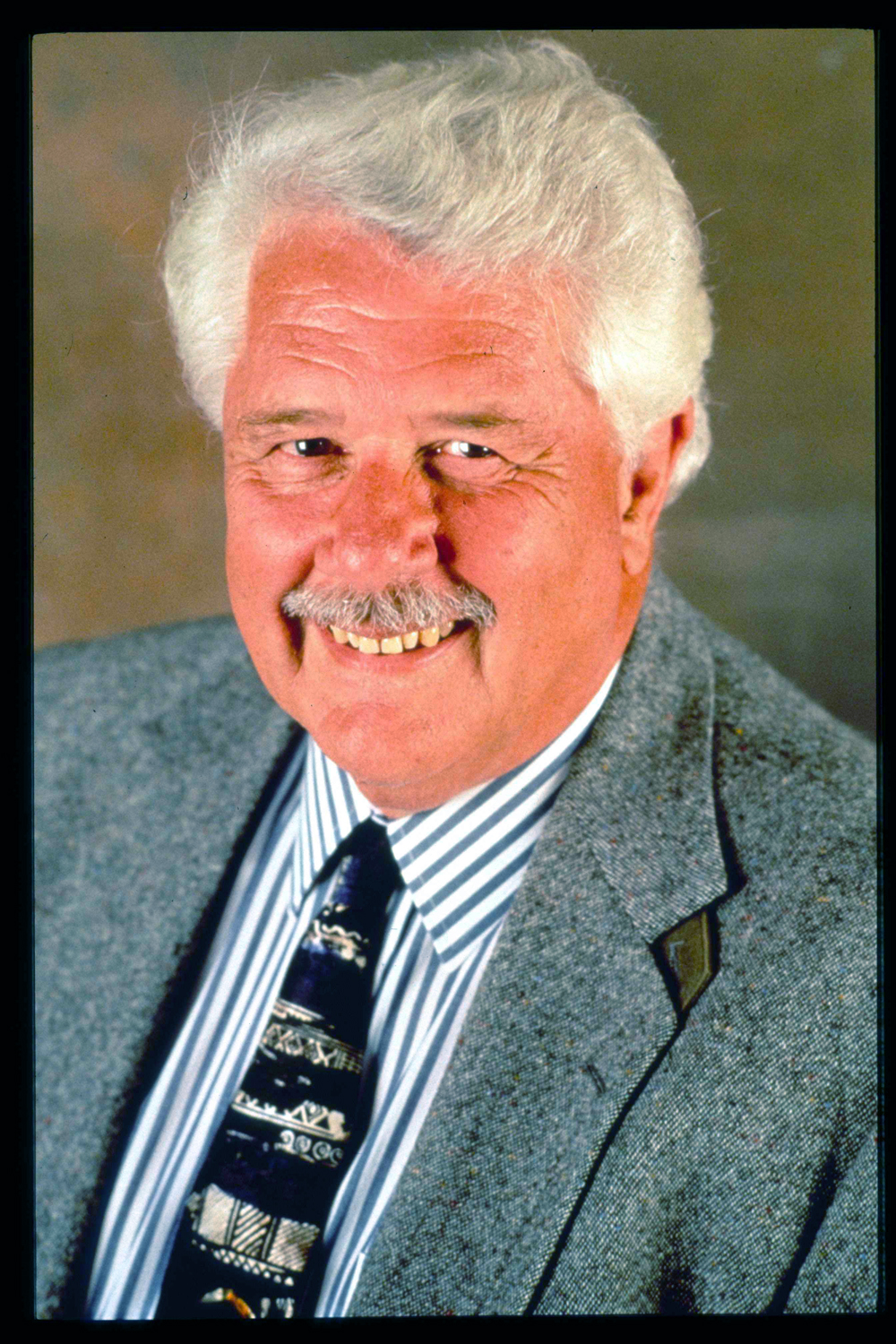
Leader Over a hundred years ago, a young blacksmith in Kansas made the first Buck knife. His son continued the trade. And so did his son. The Buck family lineage (and Buck company operation) has continued to Chuck Buck, who at 75 years old still serves as Chairman of Buck Knives. "Most family businesses don't last past the second generation, because the rest of the family doesn't have the vision, or the excitement of starting it," Chuck explained. "They would rather sell it." But Buck Knives is different. Chuck is third in the company's four-generation history. His son, CJ, serves as president and CEO. And it looks like CJ's son, number five in the line, might want to join the team. Aside from the family history, Chuck explained what makes a Buck Knife special: "We grind them in a way so that they stay sharp, at a certain angle, and that helps people be able to resharpen them." The same technique is applied to all Buck products. For customers willing to pay some extra dollars, Buck offers higher-end steel with a greater concentration of carbon. And the company is now considering branching out beyond hunting knives to tactical knives and kitchen knives. When not working in his official role as chairman, Chuck Buck gives talks around the country. Although he no longer hunts, he recalls fondly his days in the field. "I've hunted deer, antelope, and elk, with my son and son in law. Both hunt a lot right now," he says. "I just love it out there."
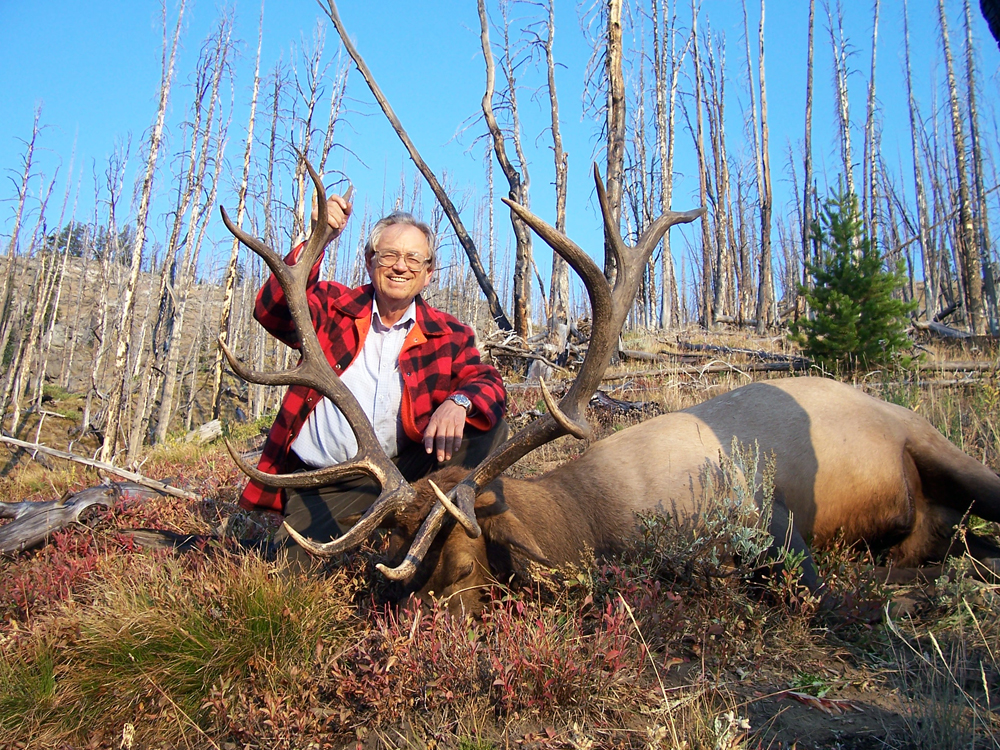
Leader Over the past decade, Canadian biologist Valerius Geist has sought to spread the word about the wolf population–in particular, about how wolves transmit disease. And considering the vast stores of knowledge he has amassed during a long career in ethology (the study of animal behavior), people should listen to what he has to say: high wolf density can be bad news, and we need to de-list wolves from their status as an endangered species. Geist is a true authority on animal populations, having authored titles such as "Whitetail Tracks: The Deer's History and Impact in North America," "Mountain Sheep: A Study in Behavior and Evolution," "Moose: Behavior, Ecology, Conservation," and "Buffalo Nation." He is currently Professor Emeritus of Environmental Science at The University of Calgary in Alberta, and he is active in the International Union for the Conservation of Nature as well as the Boone & Crockett Club, where he delivered an address earlier this year. "The introduction and spread of wolves in the United States will one day–not now–be considered a disaster in wildlife conservation with nothing to celebrate. We shall eventually learn what we have not learned from history," Geist says in the B&C address. "Namely, that wolves and settled landscapes are not compatible." Geist says he is frustrated by lack of dialogue about wolf control. He hopes to increase awareness about disease and other wolf-wrought problems by continuing to write and give presentations, especially in states with higher wolf populations. The reason, he says, is simple: "They should know about it."
Helping Hands "Sitting in the outdoors is better than sitting in a doctor's office," says Scott Campbell. Two years ago, this thought inspired Campbell to organize a small hunt for local veterans. Now, his vision has become Hunters Helping Soldiers, a program that gets wounded vets and others affiliated with the military out into nature. Campbell says the project is especially important to him because he knows so many soldiers and their kin. "A lot of my family members were in the military. Most people that I associate with have been in the military." The project's future goals include opening a HHS lodge as well as a youth camp for children of the deployed, active, retired, and KIA. HHS now operates in Texas, Delaware, Maryland, Ohio, and Illinois, with more national chapters coming soon. "No matter what their injuries are, we can get them out there hunting, fishing–whatever activities they want to do," says Campbell.
Innovator Back in the day, your buddy might have recommended a hunting destination by pointing imprecisely at spots on a map, vaguely describing the surroundings, trying to recall the rock where he took a left, the tree where he decided to put a stand. You might try guessing what the terrain was like. You might wind up lost. Google Earth–and Peter Birch–have changed all that. Birch is Product Manager for this online satellite image service which has revolutionized planning and scouting. "Going for a hike, fishing in a certain lake, hunting in a certain area–it's a great way to check out spots before you go there," he says. If you have the service installed on a mobile device with GPS, you can even track your travels. "GPS allows the reliving of the experience," says Birch. "With GPS, you can replay your trip, see where you spent your time. And you'll have that record for next season." Birch approaches his job from a background in computer graphics and visualization, as well as an appreciation for outdoor adventure. When not in the office, he might be hiking, mountaineering or cycling. He noted a perk of working at Google: "The local area around here [near the Mt. Tamalpais, Mt. Diablo, and the Santa Cruz mountains] is fantastic."
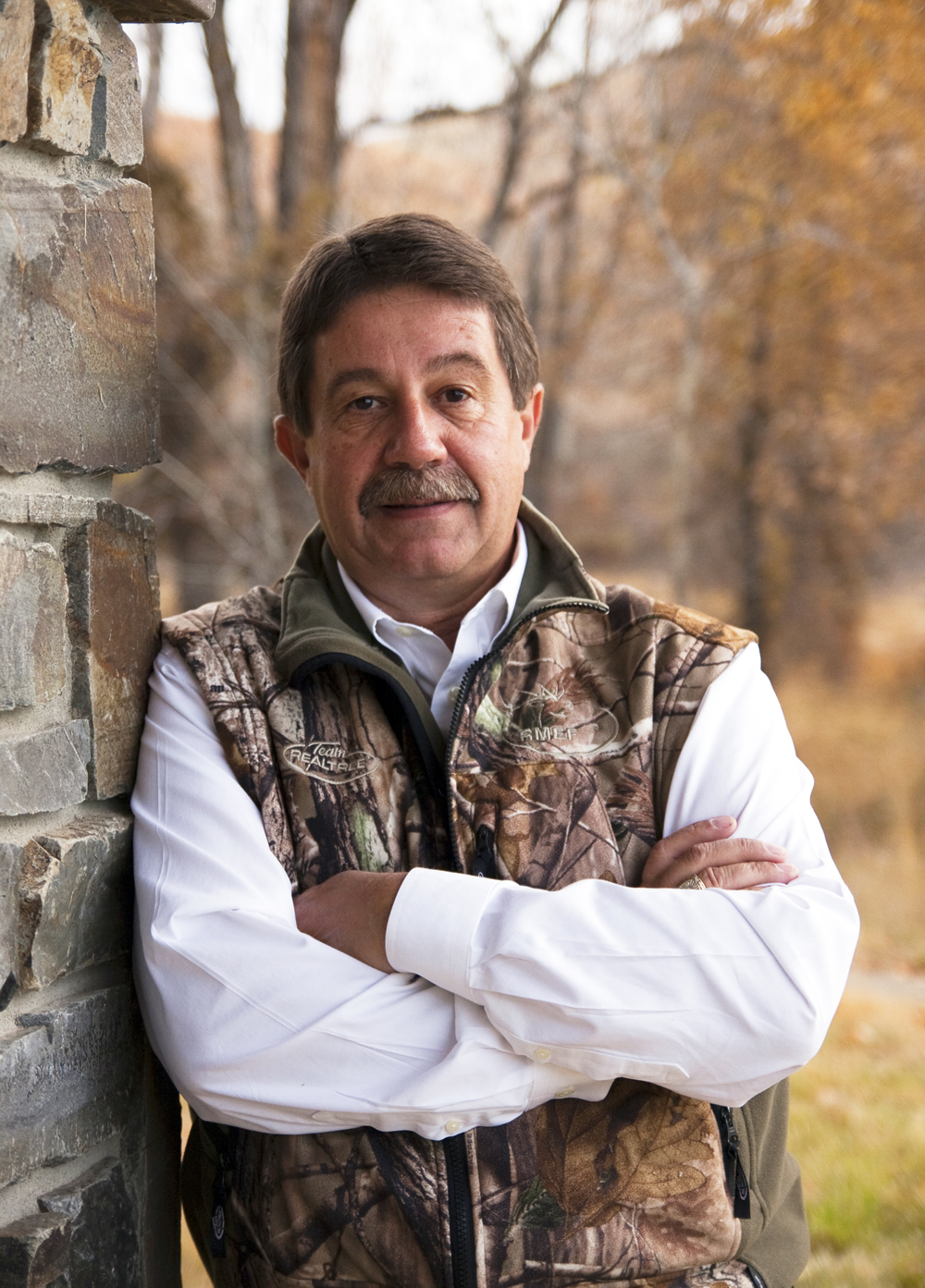
Leader As President and CEO of the Rocky Mountain Elk Foundation (RMEF), David Allen combines his lifelong interest in conservation with active programs to enhance elk habitat out West. The result has been more than 6 million acres improved by the RMEF, and more than 7,000 projects undertaken. The RMEF has more than 500 chapters across the United States, and is expanding every year. While the success is impressive, Allen acknowledges that the quality of improvements must coincide with the quantity, and for that, he tips his cap to those who work alongside him. "I must say that a significant amount of the credit must go to our members and staff for our recent growth and successes," he says. Allen is a die-hard sportsmen who comes from a diverse background, having worked previously with the Pro Rodeo Cowboys Association, Wrangler Jeans, NASCAR, and other organizations. It has all shaped his vision for cooperative, productive wildlife management, which he sees as a team effort from the RMEF in every sense. "We have some of the greatest folks in wildlife conservation," he says.
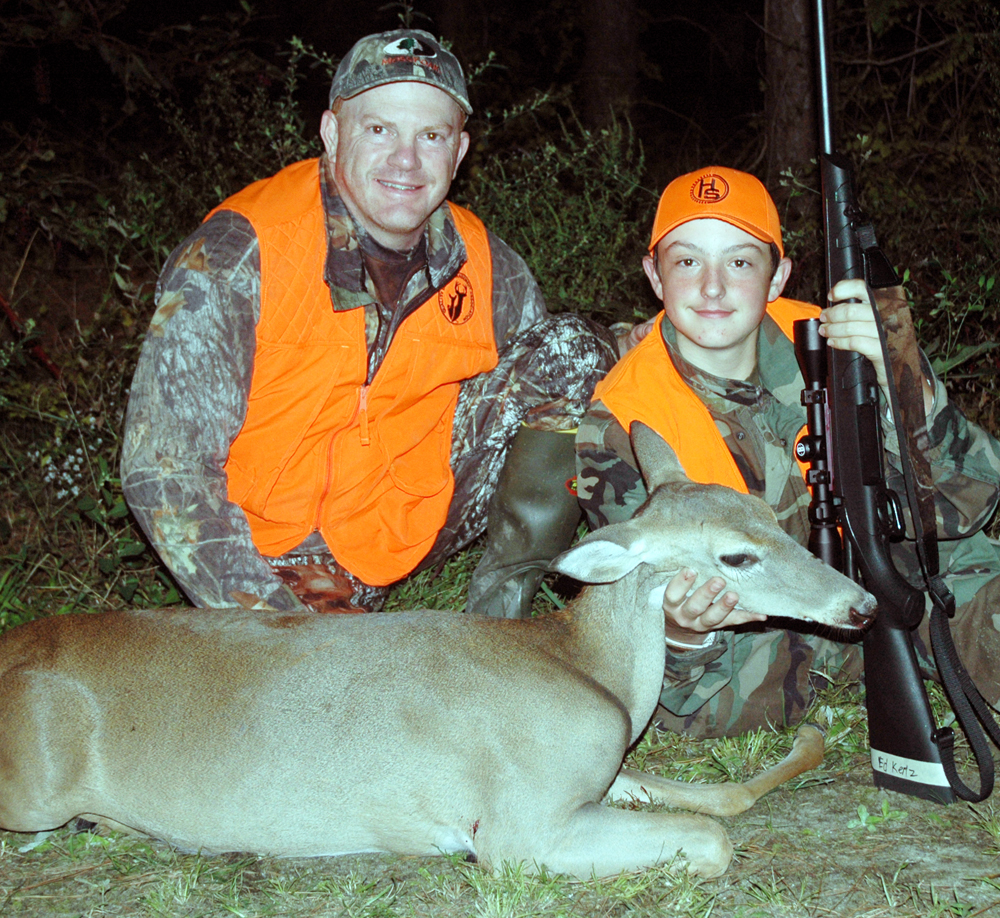
Leader **
**
Quality Deer Management Association (QDMA) boasts 50,000 members across the country and has been one of the leading national groups for wildlife management and conservation for more than 20 years. Making a behemoth nonprofit organization like that run smoothly is no easy task, but executive director Brian Murphy deserves much of the credit. As a sportsmen with a biology background, Murphy is able to ground the group's conservation ideals with hard science, "to ensure the future of whitetail deer, wildlife habitat, and our hunting heritage," according to QDMA's mission. QDMA's efforts are vast, and through Murphy's guidance, it devotes as much energy to hunter education as it does to biological research. The components are all connected, and as a result, the organization improves wildlife through land management, monitoring deer harvests, and relaying all the valuable information to hunters.
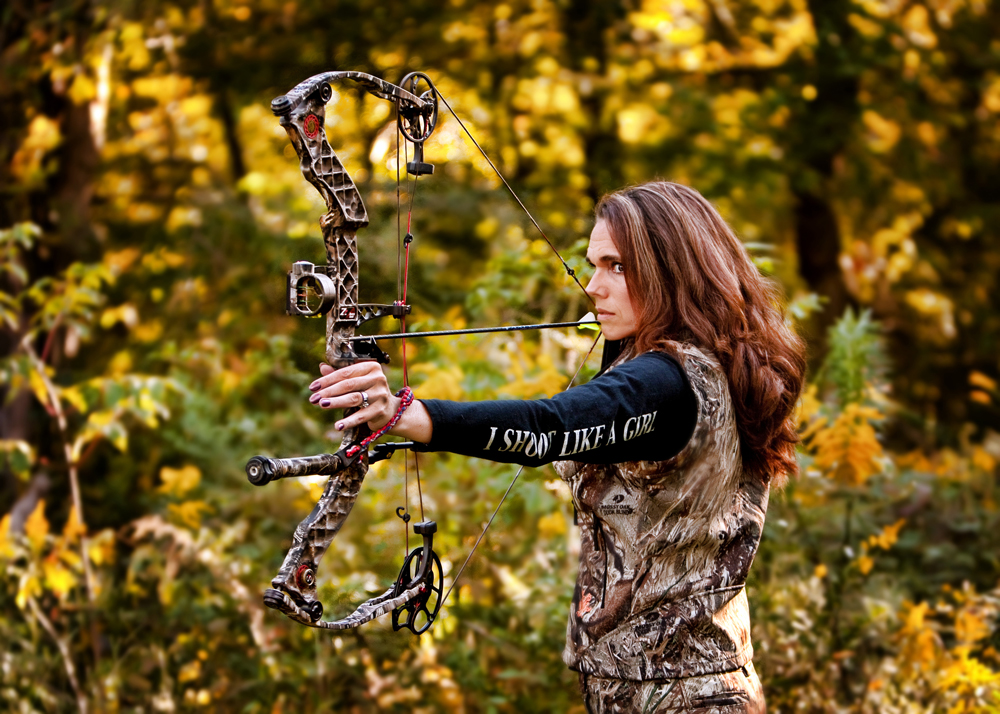
Unsung Hero Walk into any shooting range or gun shop and you'll quickly realize that the days of women being a niche or emerging market in the shooting world are long gone. Women are now major players in the outdoors, and Karen Butler deserves some of the credit for the boom. As the founder of Shoot Like a Girl, and organization that encourages women to shoot and offers information and inspiration to help them along the way, Karen Butler has been tirelessly advocating women's participation in archery for years. "I founded Shoot Like A Girl three years ago, to encourage more women to be involved in shooting sports," she says. "Our mission is to 'empower women to participate in shooting sports with confidence. To date, we have had over 1,500 women participate in our Test Flights, with 40 percent of those ladies being first time shooters." Butler bases her organization on the principle that the shooting sports are enjoyable and beneficial for all women. "Shooting sports provide women with all the things women want: quality time with their families, exercise benefits, and instant gratification in hitting the target," she says. While archery has been Shoot Like a Girl's bread and butter, Butler is planning to expand into the firearm realm within a few years. She notes that much of the organization's success has been due to the interest of masses of women shooters, and overwhelming support from sponsors. "In reality, we couldn't have achieved this without the help of our corporate sponsors. These manufactures embraced our vision, and share our commitment to empowering women to participate in shooting sports with confidence–Hunter Safety System, Prois, Limbsaver, Mathews, Bohning, Haley Vines, Muzzy, Gerbing's Heated Clothing, Game Plan Gear, Hoyt, BowTech, Target Communications, and the Archery Shooters Association."
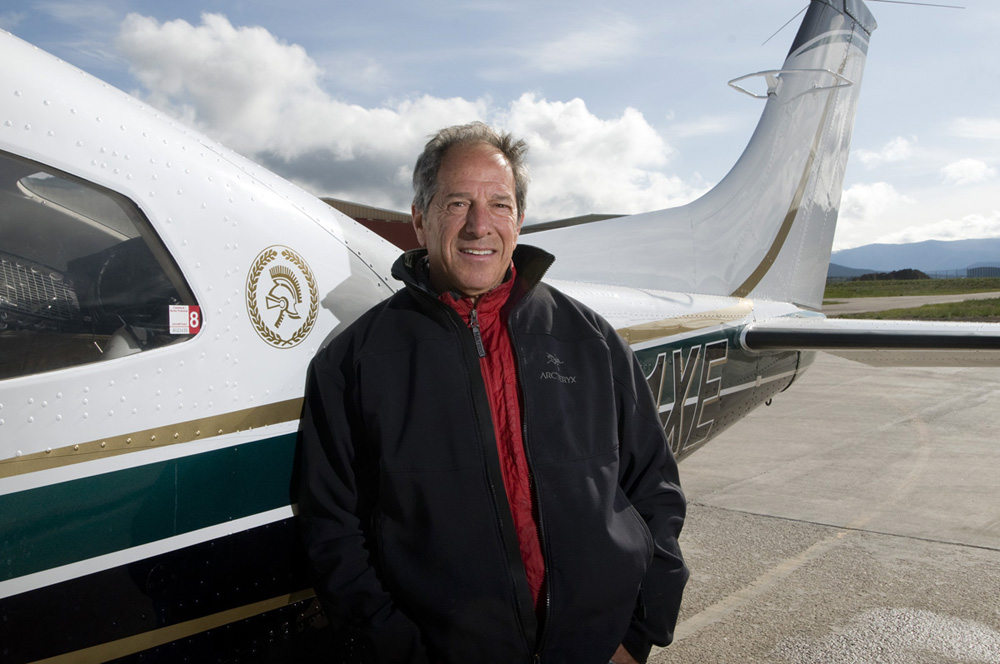
Innovator When thinking about land conservation, one typically doesn't imagine the sky, clouds, and airplanes. But that might change as more people become aware of the efforts of EcoFlight, an organization founded by current president Bruce Gordon that uses small aircraft to aid in environmental protection. The logic behind EcoFlight is extremely sound–one can get a much better assessment of land from an aerial bird's-eye view than from the ground. But if anyone wants more concrete examples of EcoFlight's value, consider this: Gordon's organization has aided in efforts as varied as river protection (with Trout Unlimited) wilderness expansion, climate change measurement, wildfire damage assessment, and wildlife protection. Gordon, himself, has accumulated thousands of hours of flying, and is the organization's chief pilot. He has been honored by organizations all over the world for EcoFlight's aid in the widespread protection of public lands.
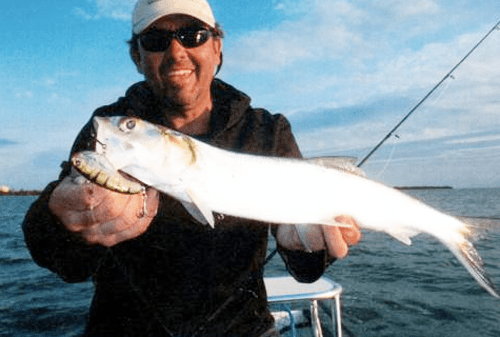
Innovator Patrick Sebile has spent much of his life on the water, fishing in dozens of countries, and crushing multiple world records along the way. He has held 300 International Game Fish Association (IGFA), European and French records. In the process of chalking up a resume that dwarfs that of all other anglers, Sebile has managed to become a veritable celebrity in the sporting world. Last year, he landed his 600th fish species, and has worked on the conservation side of things as well, by supporting the Recreational Boating and Fishing Foundation and the IGFA's fish-management efforts. Sebile is an author, a guide, and founder of Sebile USA fishing lures, and has certainly earned himself a spot as one of the Outdoor Life 25 honorees this year.
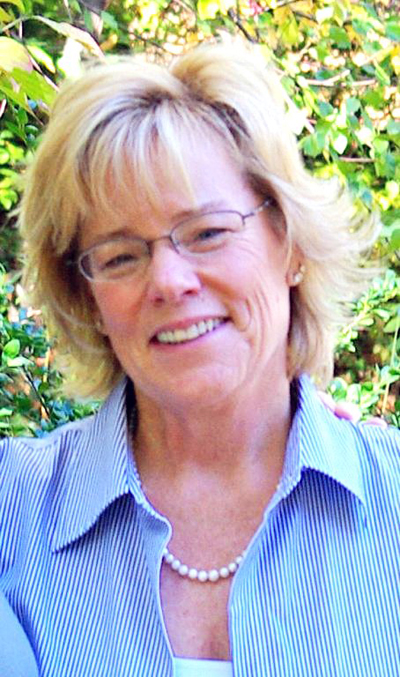
Leader When dealing with illness, it's hard to think about anything else. That's why many patients have found comfort in an activity that demands total concentration–fly fishing. For breast cancer survivors, Casting for Recovery provides fly fishing opportunities at weekend retreats, free of charge. Lori Simon has been the organization's executive director since 2009. "The focus that it takes to just cast the fly, to really think about feeling the water on your legs, focusing on that moment–you don't have time to think about your cancer," says Simon. From the program's inception in 1996, it has served more than 5000 women. And in 2011 alone, it hosted 47 retreats in 37 states, with 660 attending. The program's effects are felt beyond its participants: "We talk about the fact that what we do has a ripple effect," Simon says. "It's not just bringing that woman to a different place. It's also bringing her husband to a different place, her children, the people she works with, the people that woman touches. It's immeasurable." Having fished for most of her life, Simon understands how absorbing it can be. "I'll say, 'I'm going to go fish for an hour,' and all of a sudden, I realize it's dark."
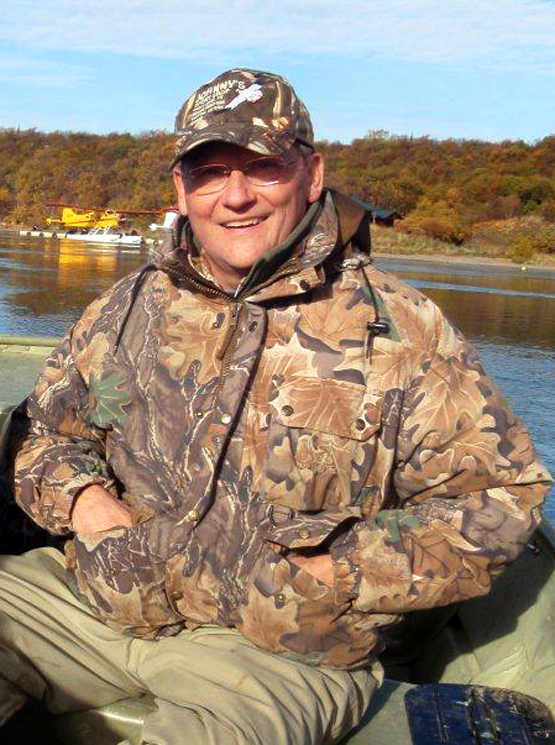
Conservationist John Tomke makes sure our government knows what's best for outdoorsmen and the outdoors. He is Chair of the Wildlife and Hunting Heritage Conservation Council, the 18-member committee that reports directly to the Secretaries of Agriculture and Interior. Tomke enumerated some of the committee's primary concerns: solving the nation's energy crisis without negatively impacting wildlife, and maintaining water supplies. Another big priority for Tomke: "Making sure that our youth continue to be connected to the outdoors–the youngster out looking at tadpoles, but also the college student deciding to take a degree in wildlife management," he says. "If we lose that connection, we lose that support for all these wonderful places." In addition to his current position, Tomke has served as president and chairman of Ducks Unlimited (DU) USA, and even as president of DU Mexico. He is chair of the Government Affairs committee of the Wetlands America Trust. He is a board member of the National Fish and Wildlife Foundation and chairs their Human Resources Committee. And he's a board member of the Boone and Crockett Foundation.
Now in its fifth year, the Outdoor Life 25 recognizes the men and women who are changing the faces of our sports for the better. Read all about this year’s honorees, and leave comments below to vote for your “Reader’s Choice.”
